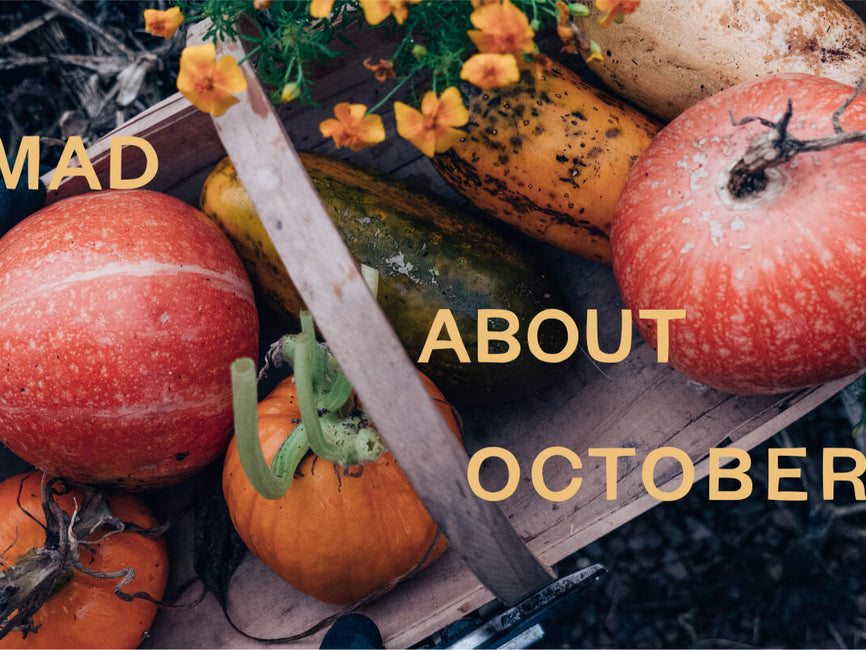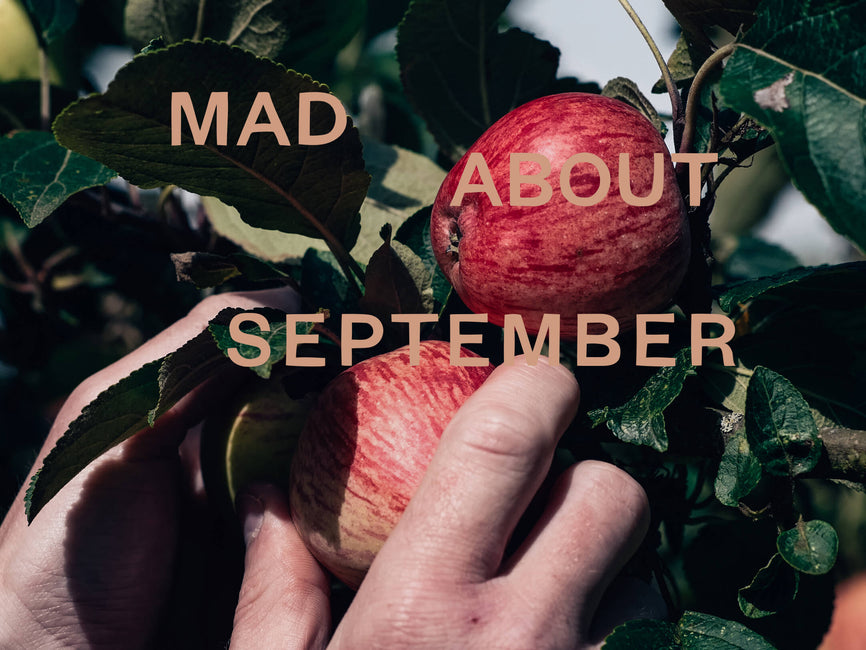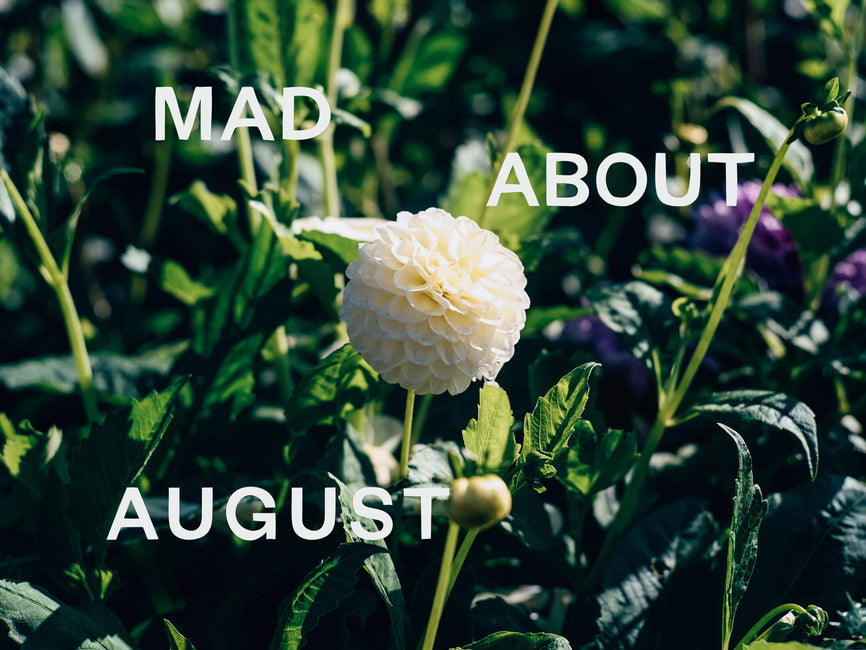
January finds us deep in the winter season, and our gardens are beginning to quietly awaken; Snowdrops and Crocus appear, responding to the gradually lengthening days. This time is ideal for forward-thinking gardeners to chart the course for the year's activities, carefully choosing and ordering seeds and plants with resilience and biodiversity in mind.
Enjoy sunny days outdoors while checking that your garden's winter defences have withstood inclement weather. It's also a crucial period to support our wildlife; providing food for birds and leaving some areas of your garden wild can create vital refuges for various creatures during these colder months. This regenerative approach to gardening ensures our small patches, whether sprawling gardens or modest window boxes contribute to a more resilient and sustainable ecosystem.
As January progresses, our gardening focus shifts towards preparation and protection. This is the month to perform soil tests, determining what amendments might be needed to enhance fertility and structure for the upcoming planting season. It's also a pivotal time to prune certain shrubs and trees, ensuring they're in optimal condition to burst into life come spring. Planning your garden layout now, considering companion planting and crop rotation, can significantly improve your garden's health and yield.
Moreover, January is a moment to embrace the quiet beauty of your winter garden, observing the hardy plants and wildlife that thrive in colder temperatures. Installing bird feeders and water sources, if you haven't already, can significantly aid local wildlife, making your garden a sanctuary.
 |
 |

Our January Rituals
Ground zero
In January, our garden activities focus on practical preparations and harvesting. It's the ideal time for planting broad beans and parsley and getting dahlias ready for the coming months. Meanwhile, we're busy picking the last kale and microgreens, perfect for everyday meals. Kale adds a nutritious boost to soups and sides for roasts, while microgreens bring a fresh flavour to winter salads. This straightforward approach ensures we're making the most of our garden's produce, providing fresh ingredients for our kitchen and setting the stage for the next growing season.
For those with a smaller area to tender, January offers a unique opportunity to brighten your indoor space with greenery. Consider planting hardy herbs like parsley, chives, or mint, which can withstand cooler temperatures and thrive. These herbs bring a touch of nature indoors during the dreary winter months and offer fresh flavours for your cooking.
Additionally, planting microgreens in a window box is a practical and quick way to add nutrition to your meals. Microgreens can be harvested just a few weeks after planting, making them ideal for those seeking to grow something green and edible, even with limited space.
This approach ensures that even the smallest spaces can contribute to your kitchen's supply of fresh, home-grown produce throughout the Winter.
 |
 |











